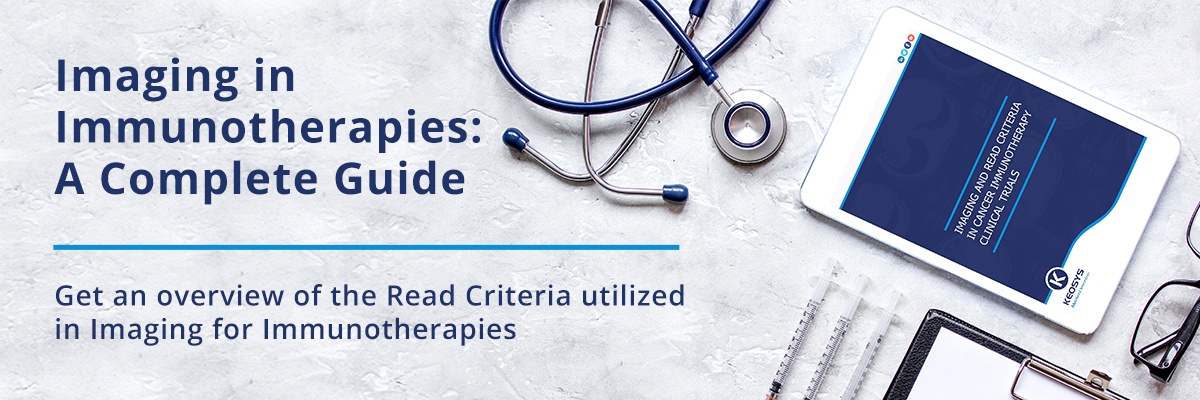
We recently spoke with OncoBay Clinical executives Krystyna Kowalczyk, CEO, and Dannelle Palmer, VP of Clinical Operations, about their young company and its approach to oncology research. We’re delighted to share these excerpts from our conversation.
Keosys:
Your CRO is less than a year old and doing lots of things in new ways. Tell us about some.
Dannelle:
One of the most exciting things we’re doing is just-in-time site activation. Traditionally, we would look at sites’ past performance and benchmarks, send out feasibility questionnaires, and based on this historical data, pick the best 10 or 20 sites then hope and pray that patients walk in the doors at those sites. With just-in-time activation, we have master Confidentiality Agreements in place, we’ve already collected all the non-study-specific documents, we’ve done extensive prequalification, we have a master Clinical Trial Agreement in place. If a patient walks in the door, we can activate that site within 14 days. So instead of putting the sites in place and praying for the patients, we wait and see where the patients show up and then activate the sites.
Keosys:
You’re also being innovative in how you handle data, right?
Dannelle:
Yes. When working with large amounts of data, we have a tendency to look at it in a vacuum. The problem there is we don’t necessarily find signals when we do that, because we as humans are limited in our ability to extract signals out of so much information. At OncoBay, we have the ability to analyze data across data sets and to not just analyze it ourselves, but also to allow the AI to process it. The AI, it turns out, is far more effective in finding trends than humans are. Across very disparate and wide-ranging data sets, the AI is able to pick out potential signals and identify those that merit more investigation. We are able to do this in oncology even in small numbers of subjects because there is such a large volume of subject data.
AI technology is not yet able to do the job for humans, but it is certainly able to point out where the humans need to pay more attention.
Keosys:
What therapies are you working on?
Dannelle:
We’re focused on complex oncology. That ranges from cellular therapy—which is an incredibly complex area from a therapeutic perspective and collects immense amounts of data—to early-phase oncology across varied asset types because early phase can be incredibly complex in design. We want to specialize in simplifying the complex, because there are tools to do the work better and get through those vast amounts of data in a more efficient and effective way.
Keosys:
And others are not yet leveraging those tools?
Dannelle:
People are trying to leverage those tools, but they’re layering the tools on top of outdated infrastructure and processes. The benefit that we have in starting out in 2020 is that we were able to select the tools before we had any infrastructure or process, and then design the process and infrastructure around what 2020 technology can do.
Keosys:
So, our organizations and operations have not kept pace with our capabilities?
Dannelle:
Too often we as an industry are trying to take a research process that was built for an internal medicine study 20 years ago and jamming it into a current-day oncology box. Research has changed, and oncology research should be on the leading edge.
Keosys:
Do you have any plan in place for avoiding becoming a company that has an antiquated foundation?
Dannelle:
I think with size and structure always comes that risk. There is a tradeoff between stability and flexibility. So it’s really critical to have a leadership team that is looking to be, not on the bleeding edge of technology, but certainly aware of how things are trending and willing to make the sometimes painful decisions to do what is right. It may not be the most profitable way to do things to invest in restructuring to adopt new technology, and I think that holds a lot of CROs back, but it’s the right thing to do for research, and if it gets drugs to cancer patients faster, then it’s the right thing to do.
Krystyna:
Also, early on, we made a conscious effort to develop a corporate mission and values. It sounds cliché, but it was important to us. the exercise of developing that baseline addresses the question of how you maintain the integrity of who you want to be as an organization as that organization grows. We were very mindful in putting those together, and one of our values is around innovation. And for us, that is about being impactful for cancer research and continuing to challenge ourselves regarding the tools we use, how we use them, why we use them, and what opportunities exist to continue to innovate.
Keosys:
What do you see on the horizon for oncology research?
Dannelle:
I think we are going to see technology in the next ten years that we can’t even imagine. And I think the increasingly rapid rate of change is something that we have to be attuned to. And we have to be ready to make transitions as they emerge, because there are going to continue to be better ways to do this.
Keosys:
What's your advice to an industry that is notoriously adverse to change?
Krystyna:
I think the perspective is shifting. I believe that everyone, including big pharma, has put forth initiatives and effort at revisiting where they are. Yes, we have historically been slow to change, but I believe we are in an incredibly good spot right now in terms of recognizing we have been too slow for too long. Covid has been an eye-opener for this industry. It has made us realize that so many things we thought weren’t possible in fact are an opportunity.




